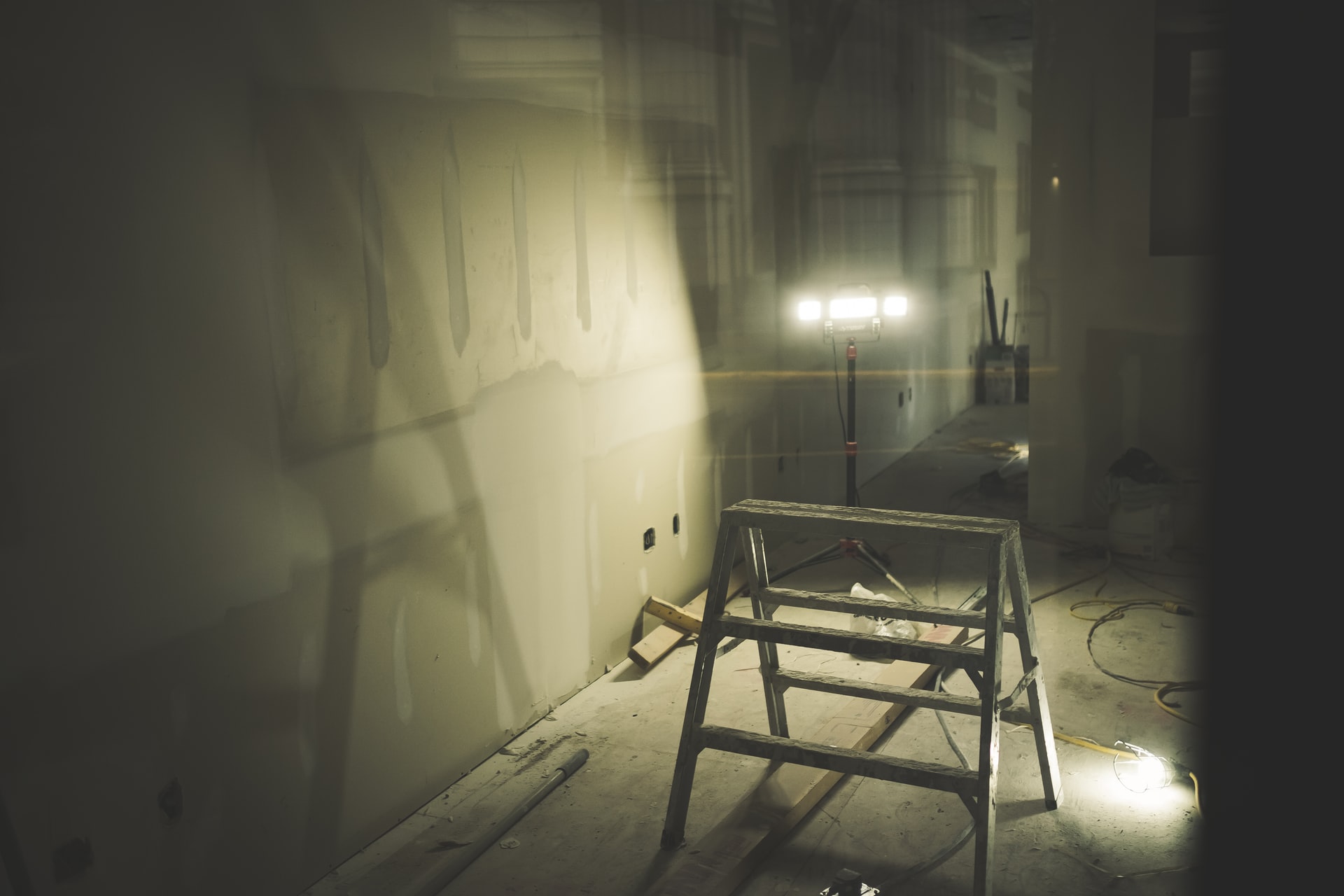Modern dwellings are most likely made of low-cost drywall. This product is great for house walling because it is simple to install and inexpensive. And it has unquestionably grown in popularity over time.
However, it is not resilient to damage such as dents and dings. This can be concerning to most homeowners, and many are always considering whether they should repair or replace their drywall.
If you have some drywall in your home that looks damaged, discolored, or suspicious, there are a few ways to tell if you can fix it or if you should replace it. The following paragraphs will show you which conditions need to be replaced and when it’s okay to just do repairs.
Discovering Holes in Your Drywall
It’s unavoidable for your home’s walls to develop some holes over time. These can be caused by wall screws or accidental bumps of furniture. For the most part, small to medium holes can be patchable.
However, you may have too many holes that are too close together. You may even have holes that are too huge. In this circumstance, attempting a patch in these spots jeopardizes the structural integrity of your drywall. If this is the case, it would be preferable if you simply replaced the entire sheet of drywall.
Addressing the Problem of Cracks
Cracks are usually an indication of a larger problem that must be addressed. They’re frequently caused by a misplaced seam that puts too much pressure on a single area. The majority of homeowners will notice cracks around their windows and doors. While drywall repair can certainly improve the appearance of these cracks, it may not be long-lasting.
Replacing the drywall in these areas and correcting the pressure distribution around the window or door frames are your best options. Unfortunately, unlike small drywall repairs, which a handy homeowner can sometimes handle, crack repair should be left to the professionals.
Inspecting the Extent of Your Water Damage
Most homeowners instantly believe that their drywall needs to be trashed after experiencing a flood in their home. They anticipate the appearance of mold and mildew, which can have major health consequences. It’s not always that way, though.
You can wait and allow the drywall to dry out, depending on the severity of the flood or leak. Although there might be discoloration, it’s not harmful and does not need a replacement. You can just paint over it to restore its original appearance.
However, if the area where the drywall is visibly damaged because of major flooding, you can see that it has burst from the weight of the water inside, crumbled into dust, or simply collapsed. This is very likely if you had a significant pipe burst or flooded as a result of a natural disaster.
This type of water damage requires the replacement of large sections of the drywall. You will need to get the services of a professional to assist you in removing your old drywall and installing the new one as quickly as possible.
Conclusion
Both drywall repair and drywall replacement have their time and place. It can be challenging to point out which solution your home needs, but the tips above should help you make the right call. If you’re not sure whether your home needs drywall replacement or drywall repair, don’t hesitate to call in the experts.
If you need professional assistance for your home repairs in Ottawa, don’t hesitate to contact Gillespie Handyman. We offer a wide array of quality home improvement services at affordable prices. Book an appointment with us today, and we’ll work on your home improvement right away!

